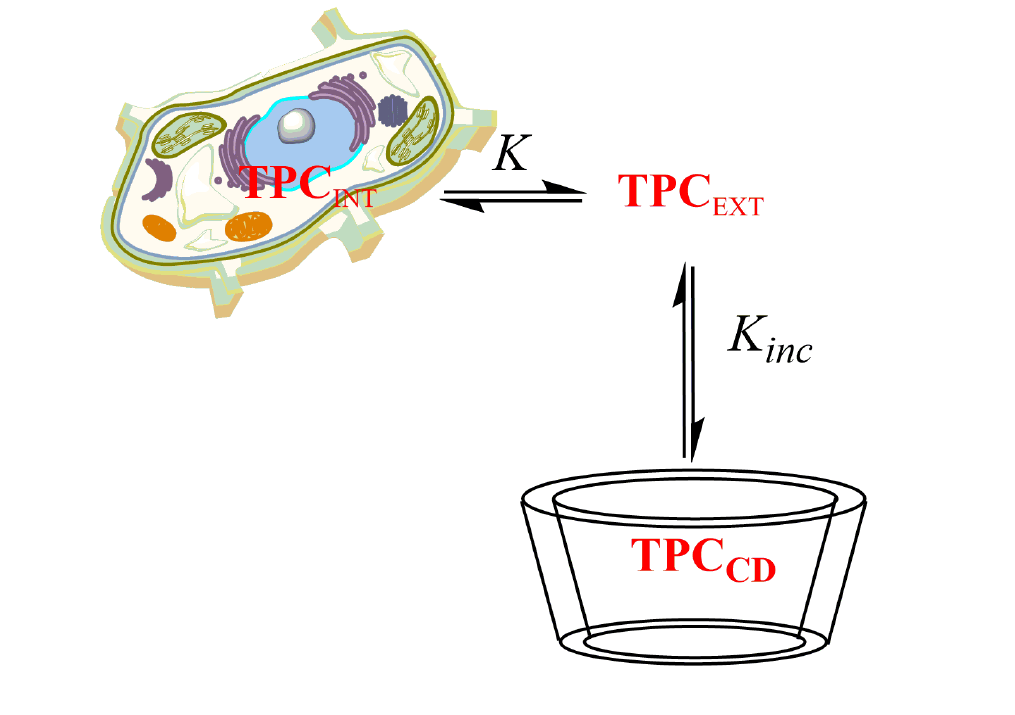The rates of production of secondary metabolites obtained by employing conventional plant breeding may be low for practical purposes. Thus, innovative approaches for increasing their rates of production are being developed. Here, we propose the use of elicited suspension plant cultured cells (PSCC) with cyclodextrins (CDs) as an alternative method for the production of bioactive compounds from Bryophyllum species. For the purpose, we analyzed the effects of methyl--cyclodextrin and 2-hydroxypropyl--cyclodextrin on cell culture growth and on the intra- and extracellular production of phenols and flavonoids. Results clearly show that CDs enhance the biosynthesis of polyphenols by PSCC favoring their accumulation outside the cells. CDs shift the homeostatic equilibrium by complexing extracellular phenolics, causing stress in cells that respond by increasing the production of intracellular phenolics. We also analyzed the radical scavenging activity of the culture medium extracts against DPPH• radical, which increased with respect to the control samples (no added CDs). Our results suggest that both the increase in the production of polyphenols and their radical scavenging activity are a consequence of their inclusion in the CD cavities. Overall, based on our findings, CDs can be employed as hosts for increasing the production of polyphenols from Bryophyllum species.

